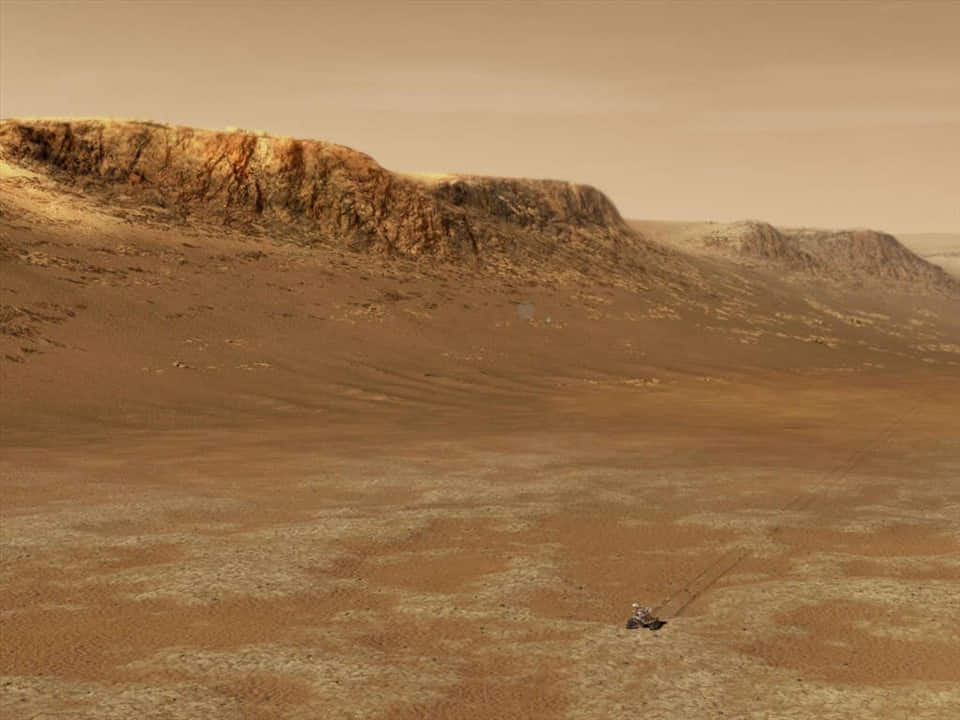Mysterious fragments that do not belong to anything called Earth have been excavated from the Dessert Formation of the famous Pilbara Craton in Western Australia, which has brought to science important discoveries about the proto-Earth. profile.

The discovery has not yet been officially published in a scientific journal, but was briefly presented at the 54th Lunar and Planetary Science Conference (Texas – USA), in which an international group of scientists from Australia, New Zealand, Austria, and Argentina said the fragments were the remains of the oldest asteroid to hit Earth that humanity has ever known.
Drilled from a group of volcanic rocks of the Pilbara Craton – the pristine remains of the Earth billions of years ago – the fragments are up to 3.48 billion years old, about 10 million years older than the asteroids. The oldest planet ever found.

The research team concluded that the fragments were of alien origin when analyzing their chemical composition, revealing much higher concentrations of platinum group elements than Earth rocks, as well as some Special minerals are only found in meteorites
The fragments also have a strange spherical or droplet shape, characteristic of “impact balls” often found when meteorites crash into Earth.
Evidence of ancient meteorite impacts with Earth is often difficult to find because plate tectonics and erosion continually churn up all of the planet’s land.

But with the Pilbara Craton, a piece of ancient ground left over billions of years ago, they have been spectacularly preserved. Finding these ancient alien visitors is extremely valuable, because it can help learn a lot about Earth’s history and how the planet “matured” thanks to many imported factors – including even the hypothesis that life was seeded by asteroids and comets.





